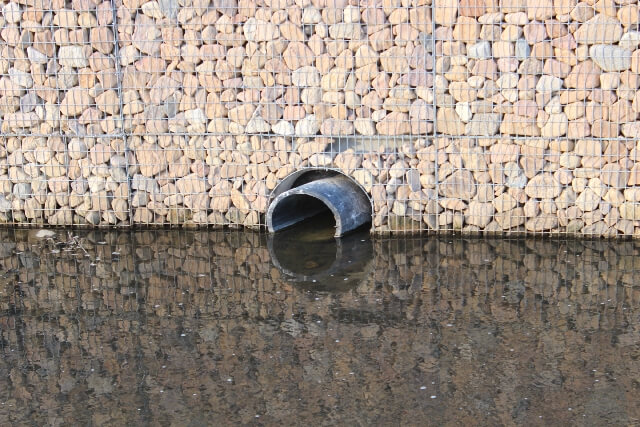Have you ever wondered what happens to the water after we flush the toilet or have a bath? Then in this article, you’ll find out if sewer water is recycled or not?
Sewer water (wastewater) is recycled for grass irrigation and industrial uses. It is also sent into rivers and underground and purified to convert into drinking water.
Did that shock you? Would you like to find out more about how wastewater is converted into drinking water? Then take a look at the following section of this article where we will answer more of your burning questions.
Does the US Recycle Water?
You run the faucet in the sink, shower, or bath. You flush the toilet, you put the dishwasher and washing machine through a cycle.
The average American uses 82 gallons of water per day. But what happens to all of this wastewater in the US? Is it reused, recycled, or simply discarded? The US does recycle water.
Wastewater is recycled for the following purposes:
- Irrigation
- Industrial uses
- It is sent into rivers and underground to mix with groundwater and is then sent for purification
- It is purified and then converted into drinking water
Yes, the US does recycle water. In fact, it reclaims 1 billion gallons per day of wastewater.
The US uses 4% of the nation’s electricity to purify and reclaim wastewater.
Yes, that means that the water that we flush down the toilet could after a long purification process end up coming back through our faucets at a later date.
But, is this something to be concerned about?
Although reclaiming water may sound unsanitary, it isn’t. Why? Because wastewater is sent through a vigorous purification process that cleans the water until it is purer and safer than tap water.
Recycling water is also essential for helping out the water crisis that our planet is facing.
That is why the US currently recycled or reused 9.7% of its municipal wastewater.

Do We Drink Sewage Water in Australia?
Sewage water or “wastewater” is currently being recycled, purified, and reused as drinking water in a number of countries around the globe including the US.
This is to help meet the high demand for water because of the population increase and the ever-growing water crisis.
But what about in Australia? Do we drink sewage water in Australia?
Urban water suppliers do not use “direct potable reuse” of sewage at this moment in time. But that does not mean that they never will.
In fact, many cities around Australia are currently looking into wastewater recycling in order to meet the demand for potable water. Some cities think that it will take a decade before this rolls out, others think it may be even sooner.
But what happens to the wastewater that is not recycled? Currently, most of Sydney’s wastewater is dumped into the ocean.
It is estimated that nearly one thousand million liters of water are dumped into the ocean that originated from Sydney alone.
The statistics of water waste for the whole continent are even more staggering.
Is Tap Water Recycled Pee?
We’ve all heard about water recycling and the water purification system that is used in many countries around the world including some states in the US.
But does recycled wastewater really go back into the kitchen faucets that we drink from? Or does recycled wastewater have a different final destination?
In some parts of the world, wastewater is purified and then recycled back into potable water.
This means that potentially, yes, depending on where you live, the water you drink could be recycled wastewater.
It is also used for irrigation, industrial and commercial needs, toilet flushing in high-rise buildings, environmental uses, and groundwater recharge.
The thought of drinking recycled wastewater could make us feel a little icky.
Is wastewater purified into drinking water something to be frightened of? Well, no, because wastewater is sent through a rigorous cleaning process before it goes back to your kitchen. After the long process, it is cleaner and safer than tap water.
Let’s take a look at how wastewater is purified:
- The wastewater is treated physically. Any large particles in the water are removed in this stage by mesh screens. Grease, waxes, and soaps are skimmed off of the top of the water.
- The wastewater is treated biologically. The processes of nitrification and denitrification remove harmful bacteria from the water.
- The wastewater is filtered. Techniques such as osmosis are used to remove inorganic salts from the water.
- The wastewater is disinfected. Chlorine is added to the water to disinfect it further. It is then filtered into groundwater where it will be treated further before it is purified into drinking water and used for other purposes.
Final Thoughts
We are all curious to know what happens to our wastewater when we flush the toilet, run a faucet, take a shower or bath or even wash our clothes.
This might lead us to ask, is sewer water recycled?
As we have seen in this article, sewer water is recycled in a couple of main areas. These are the irrigation of grass and industrial use.
Wastewater is also sent underground to mix with the water in rivers and then be purified for drinking water.
In the US alone, 9.7% of wastewater is recycled. This is all part of the plan to beat the worldwide water crisis and save our planet.


